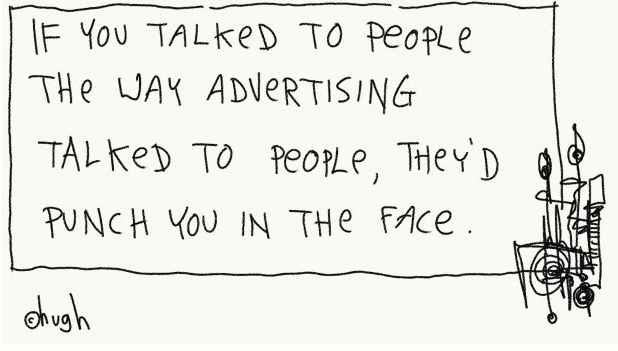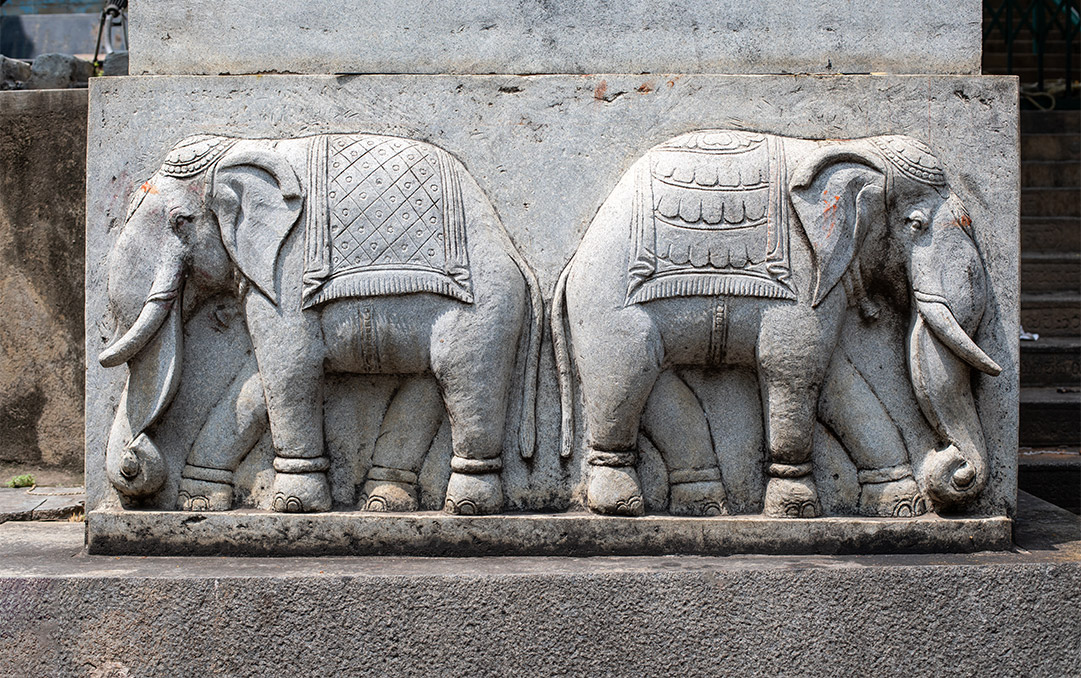Strategies for addressing the energy of your business in good times and bad:
We came across this interesting insight by John P. Kotter in his post entitled “To Create Healthy Urgency, Focus on a Big Opportunity” on the Harvard Business Review blog.
“There are two basic kinds of energy in organizations.
- Energy triggered by a big opportunity, can create momentum in the right direction and sustain it over time.
- Energy based on fear or anxiety, might overcome complacency for a time, but it does not build any momentum or maintain it. Instead it can create a panic, with all the obvious negative consequences — stressing people out and eventually draining an organization of the very energy leaders wanted to generate.”
Many of our clients are burdened by problems and issues that are holding their business and brand back. Declining sales, unclear vision, an under performing workforce, lack of differentiation in the marketplace, the list goes on and on.
Continue reading “Is Your Brand Working to Positive or Negative Energy?”













